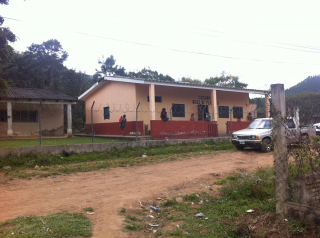Mata de Platano, Honduras
![]()
![]()
![]()
![]()
![]()
![]()
![]()
![]() Click on programs to learn more about their work in this community
Click on programs to learn more about their work in this community
General Information
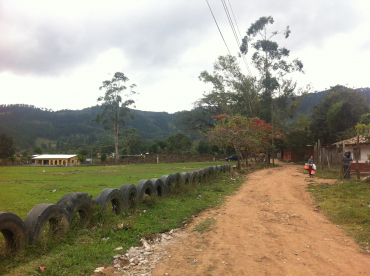
| Population* | 1488 |
| Number of homes | 452 |
| Avg # of people per home | 6-7 |
|
Number and % of children under 12 |
523 - 35% |
|
Principal Occupations |
Agriculture - beans and corn; Mandarin orange production |
|
Water System |
Yes |
| Rural Bank | Yes |
| % of Houses wth Latrines | 60%, approx. 269 houses |
| Electricity | Yes |
| Corresponding Health Center and Distance | CESAMO-Mata de Plátano - in the community |
| Most Common Illnesses | Hipertension, respiratroy infections |
| School Access & Distance | Until 9th grade in the community, also has a distance learning program for further education |
| Municipality |
Cedros |
| Department | Francisco Morazán |
| GPS | N 14° 22.827’ W 086° 15.158’ |
| Distance from compounds | 2.5 hours |
* Population does not reflect how many patients will be seen on medical
brigades as many people from surrounding communities come seeking
Medical Brigades medical attention.
Top Needs Expressed
The top needs expressed by the key community members are a garbage collection system, quality latrines for all of the houses in the community, and more job opportunities.
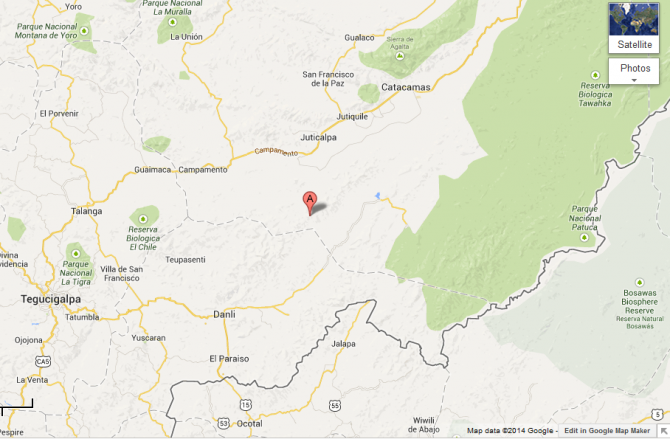
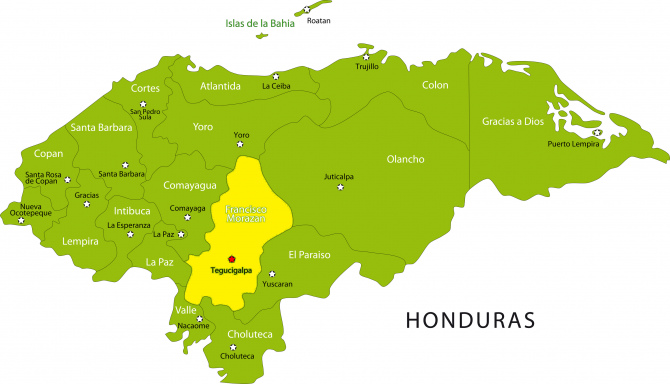
Mata de Platano is located in the Francisco Morazan department of Honduras near the municipality of Cedros. It is a community nested in the mountains with decent road access, although can be more difficult during the rainy season.
Mata de Plátano’s educational system includes Kinder, Primary, and Middle schools (until 9th grade). There are about 334 students and the school director is Julio Antonio Zuniga. There is also a very successful distance learning program implemented by one of the nurses that allows students to complete thrugh 12th grade without actually having to travel the long distances to attend school. With this volunteer, there are a total of 9 teachers in the community. The main school has 6 classrooms, although there are several annexes located throughout the community.
Mata de Plátano has a water system built by the community in 1984. The water system was recently repaired by the community in 2013. The water s regularly chlorinated, but some community members treat it further in their homes. 98% of the homes are connected to the water system.
Mata de Plátano has a CESAMO, or the larger of the two types of health centers that the Honduran government offers. This health center almost always has a doctor and several nurses on staff, although they are rotating staff that are usually on there for a year or so. There is one local nurse, Natividad Mejía, that is permanently stationed there.
Below are some available health center statistics from the CESAMO-Mata de Plátano:
I. Annual Morbitities, Patients 5 years and Older 2013: CESAMO-Mata de Plátano, Cedros
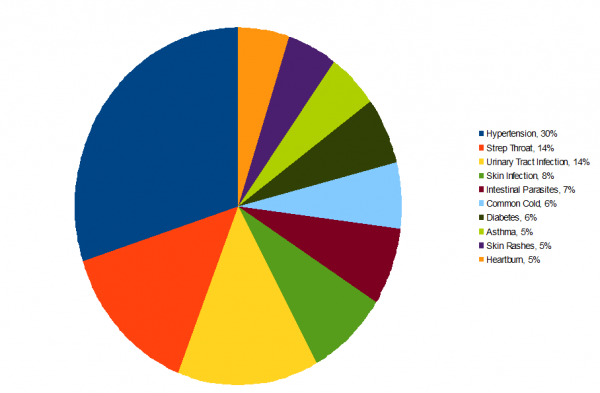
II. Annual Morbitities, Patients Under 5 years of Age 2013: CESAMO-Mata de Plátano, Cedros
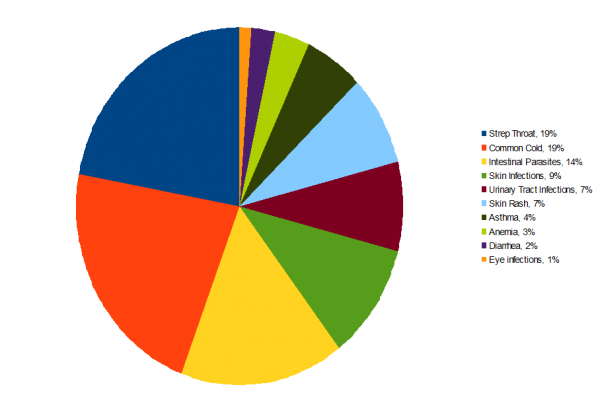
The average family income per month is estimated to be about 1750 Lempiras, which is approximately L350 (US $18.53) per personor less. The majority of homes are made of adobe, though there are some of brick and concrete block. The main form of employment in Mata de Plátano is agriculture on owned land, and the main crops that are cultivated are beans, corn and mandarin oranges. Mata de Plátano has a community bank that was started and trained by FINCA in Talanga in 2009, but now is run completely by community members.
Mata de Plátano does not currently receive brigades from any other organizations. The community is very well organized and is moving towards implementing some health projects solely through the work and resources of the community.
|
|
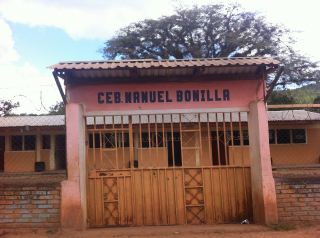 |
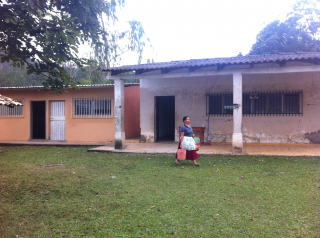 |
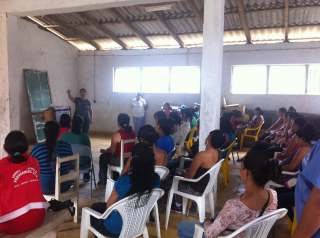 |
Source of information: Key informant interview, Centro de Salud statistics
Date of interview: 19 February 2014
